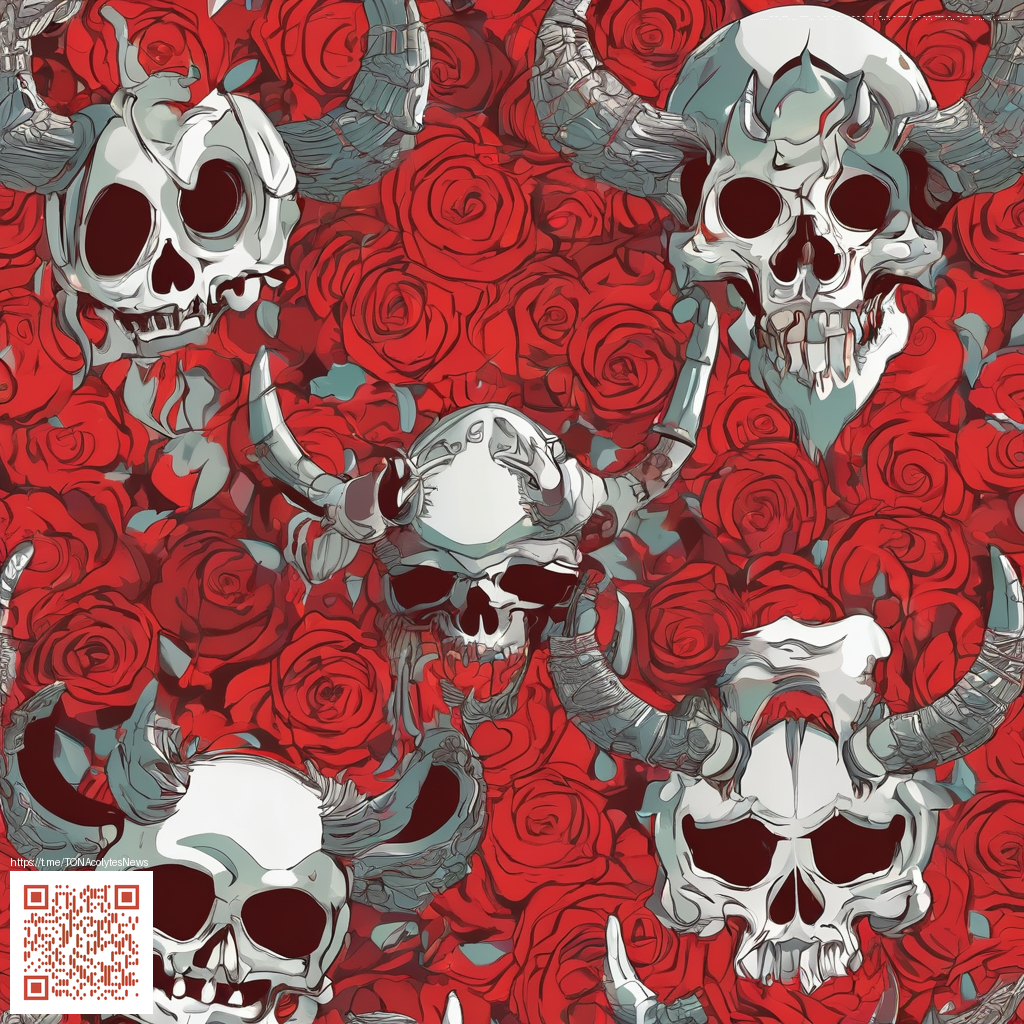
Digital Paper: A Fresh Medium for Expanding AI Art Prompts
When artists talk about AI-assisted creativity, they often focus on the algorithms, datasets, or the cleverness of prompts. A quieter, equally powerful shift is happening around digital paper: a mutable, shareable surface where ideas are written, sketched, and reworked before they ever become an image. Think of digital paper as a living canvas for prompts—one that captures the evolution of a concept, preserves nuanced tweaks, and invites collaboration. The result? Prompts that feel less like constraints and more like springboards for surprising visuals.
Rather than treating prompts as one-off instructions, digital paper encourages a workflow of note-taking, layering, and iteration. It’s about building a prompt library that grows with your practice. You can draft a core concept, jot variations, tag by mood or color, and then compare outcomes side by side. Over time, patterns emerge: certain adjectives pair well with particular prompts, or a recurring structure—setting, subject, style, and lighting—consistently unlocks a favored aesthetic. This approach is especially powerful in AI art, where nuance matters and even small changes can yield dramatically different results.
“Prompts are conversations with the model, and digital paper gives you the transcript.”
— a modern prompt architect
From Idea to Image: A Practical Path with Digital Paper
To transform scattered thoughts into repeatable results, try these steps that leverage digital paper as your creative backbone:
- Capture the seed — Write a concise statement that defines the core concept. Include one or two mood words (e.g., eerie, ethereal) to guide cadence and color choices.
- Layer variations — Create a few branches of the prompt. Each branch explores a different angle, such as lighting, perspective, or texture.
- Attach constraints — Add rules like “low contrast” or “neon accents” to steer the model away from drift and toward intention.
- Annotate outcomes — Save thumbnails and notes next to each attempt. Record what worked and what didn’t to inform the next draft.
- Refine collaboratively — Share the digital notebook with peers and collect feedback to sharpen phrasing and intent.
In practice, you might maintain a digital sheet that starts with a simple prompt, then branches into several stylistic directions. When you’re ready to test, you can pull the most promising line from your paper and feed it into your AI tool with confident clarity. The beauty is in the process: the paper keeps your thinking transparent, so future prompts can be grounded in a traceable creative journey.
Tools and Tactics for a Mobile Creator
Mobile devices play a crucial role in keeping digital paper actionable. A sturdy grip and reliable stand can turn a phone into a flexible sketchpad for prompt drafting on commutes, in coffee shops, or between brainstorming sessions. For creators interested in a practical setup, you might explore portable hardware options that support steady ideation on the go. A reliable accessory can be the unsung hero of your workflow, allowing you to capture fleeting thoughts before they slip away. If you’re curious about a concrete option, you can learn more about a popular mobile accessory here: Phone Grip Click-On Adjustable Mobile Holder. It’s a simple nudge toward keeping your process fluid during moments of inspiration.
Beyond hardware, consider digital tools that mimic the surface of traditional paper while offering the flexibility of instant edits. Cloud-notebook apps, semantic tagging, and versioned prompts let you revisit a concept after a night’s rest and return with a fresh perspective. In AI art, the ability to retrieve a prior phrasing and reframe it into a new context can unlock unexpected, delightful directions for visuals.

Case for a Prompt Archive
As AI art practice matures, the value of a well-organized prompt archive becomes evident. Not every prompt will be a winner, but every entry is a learning moment. A thoughtfully curated archive helps you:
- Track tonal shifts across projects
- Revisit successful phrasing for new subjects
- Document the relationship between concept and outcome
- Share replicable workflows with collaborators or clients
While digital paper is not a substitute for practice, it is a powerful enabler of deliberate creativity. When your prompts are organized and revisitable, you’re not just chasing inspiration—you’re building a repeatable creative system. If you want to explore more ideas and see how others frame their prompts, a related exploration at a broader page offers additional context and examples.
In short, digital paper reframes prompts from single, disposable lines into a durable, evolving narrative. It gives you a scaffolding for experimentation, a memory of what you tried, and a roadmap for what to attempt next. The result is art that feels more intentional, more coherent, and more uniquely yours.